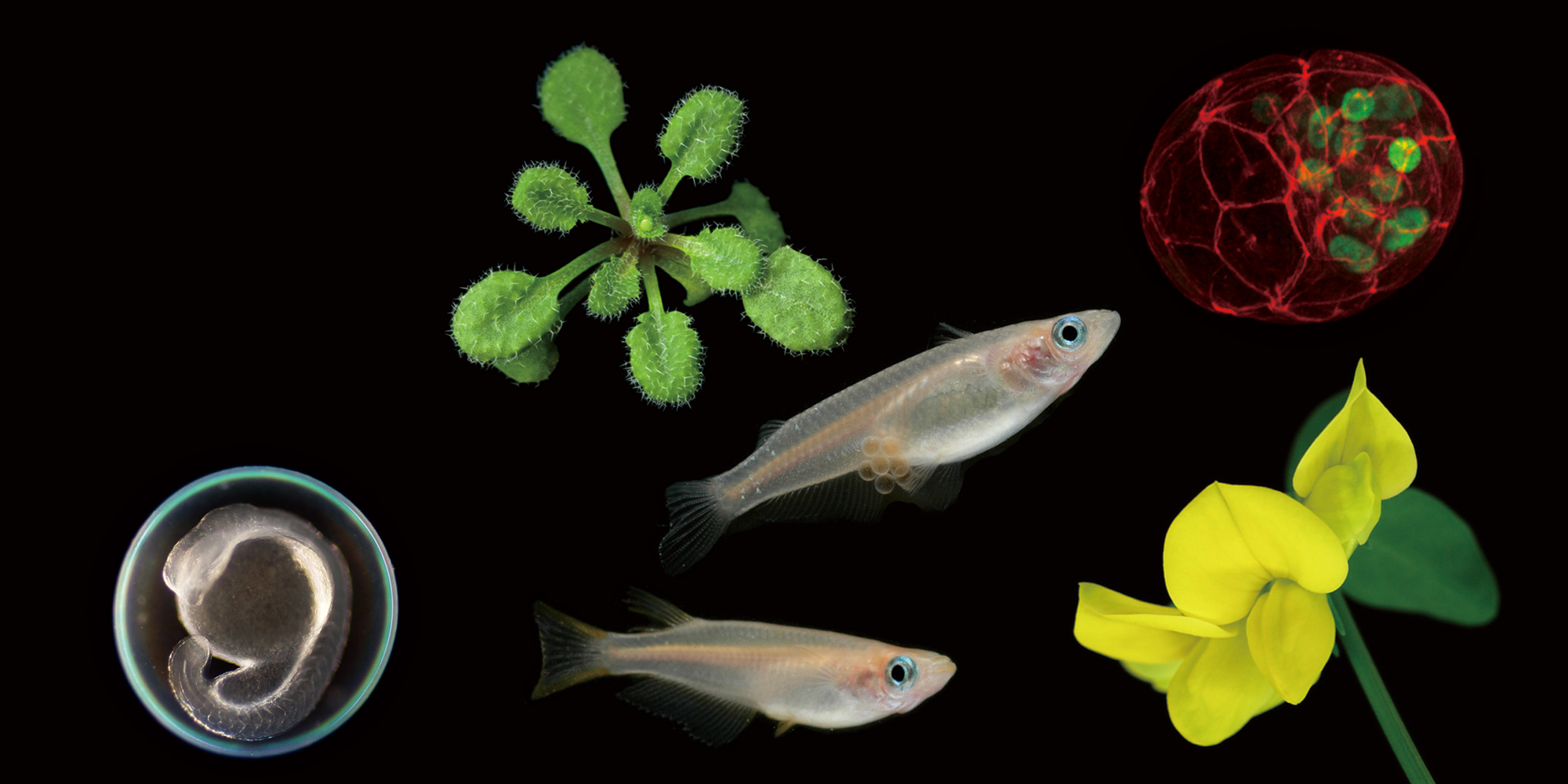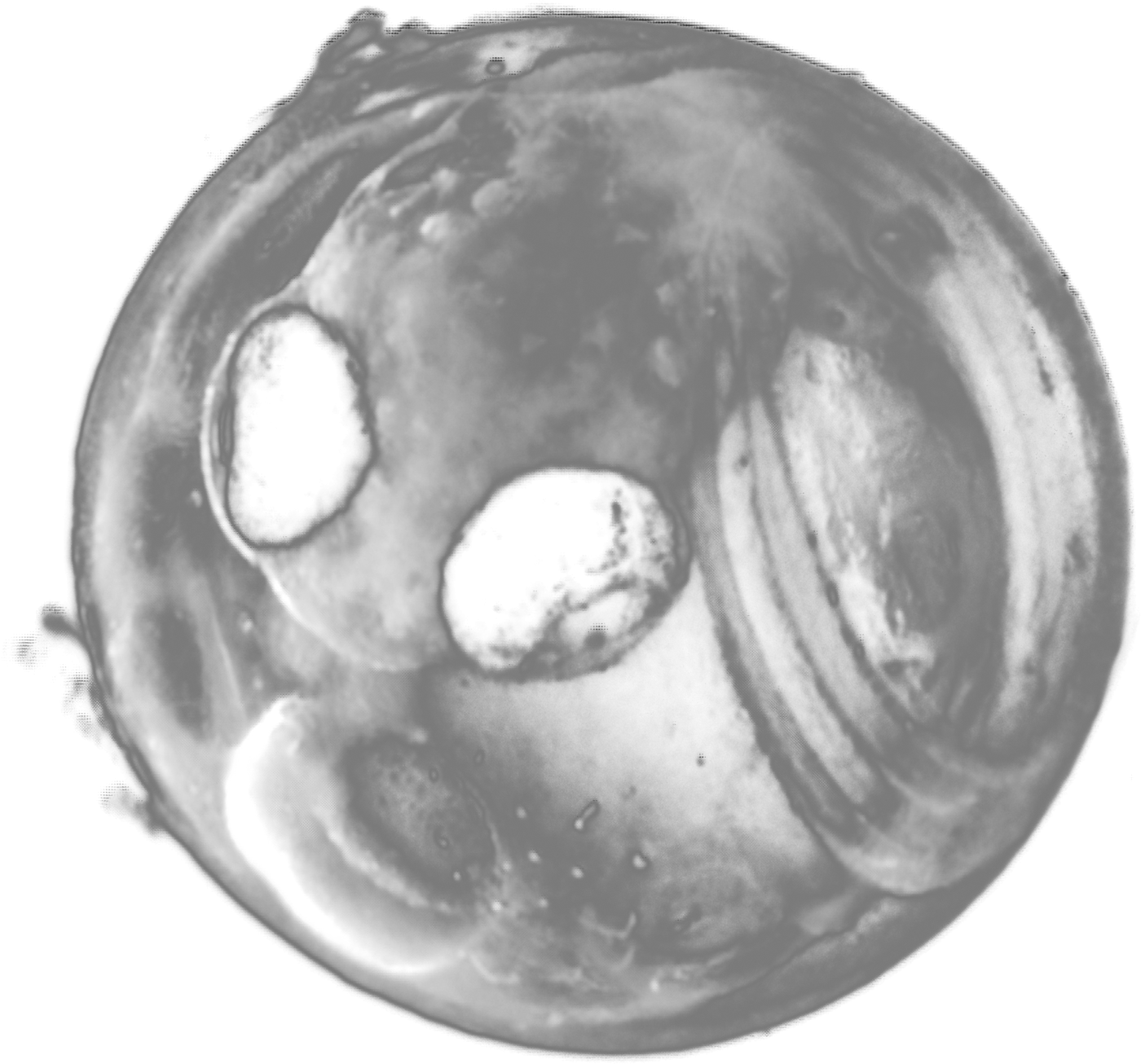2009.07.27 部門公開セミナー
Wtip regulates the formation of multiple ciliated cells in the zebrafish pronephros
小原 朋子 Metro Health Medical Center, Case Western Reserve School of Medicine, Cleveland, OH,
2009年07月27日(月) 13:30 より 14:30 まで
明大寺地区1階会議室(111)
分子発生学研究部門 高田 慎治 内線5241
The kidney is an important organ to maintain waste-free and osmotically balanced blood in the circulation system. To accomplish these functions, different cell types in the specific locations have to be specified during development. In the zebrafish pronephros, two cell types, the multiple ciliated cells (MCCs) and single cilia transporting cells (SCCs) are distributed in a ‘salt and pepper’ fashion in the early distal nephron and the number of MCCs is regulated by Jagged2-Notch signaling. Wtip contains three LIM domains and a PDZ binding domain at the C-terminus. Human WTIP maps to human chromosome 19, a region with genes linked to a familial focal segmental glomerulosclerosis (FSGS). However, the precise in vivo function of the wtip is still unknown. Here, we identified zebrafish wtip and showed that similar to a FSGS, wtip morphants have defects in the glomerular assembly. Interestingly, Wtip turned out to be a regulator of the MCCs cell fate during early embryogenesis. wtip morphants formed extra MCCs not only in the early distal but also in the proximal region of the pronephros. In addition, wtip mRNA injections reduced the number of MCCs. Moreover, Wtip was downstream of Notch signaling, since its expression was down-regulated in jagged2 morphants. Taken together, these data suggest that Wtip is an important regulator in ciliary cell fate and the progression of glomerulus development.







